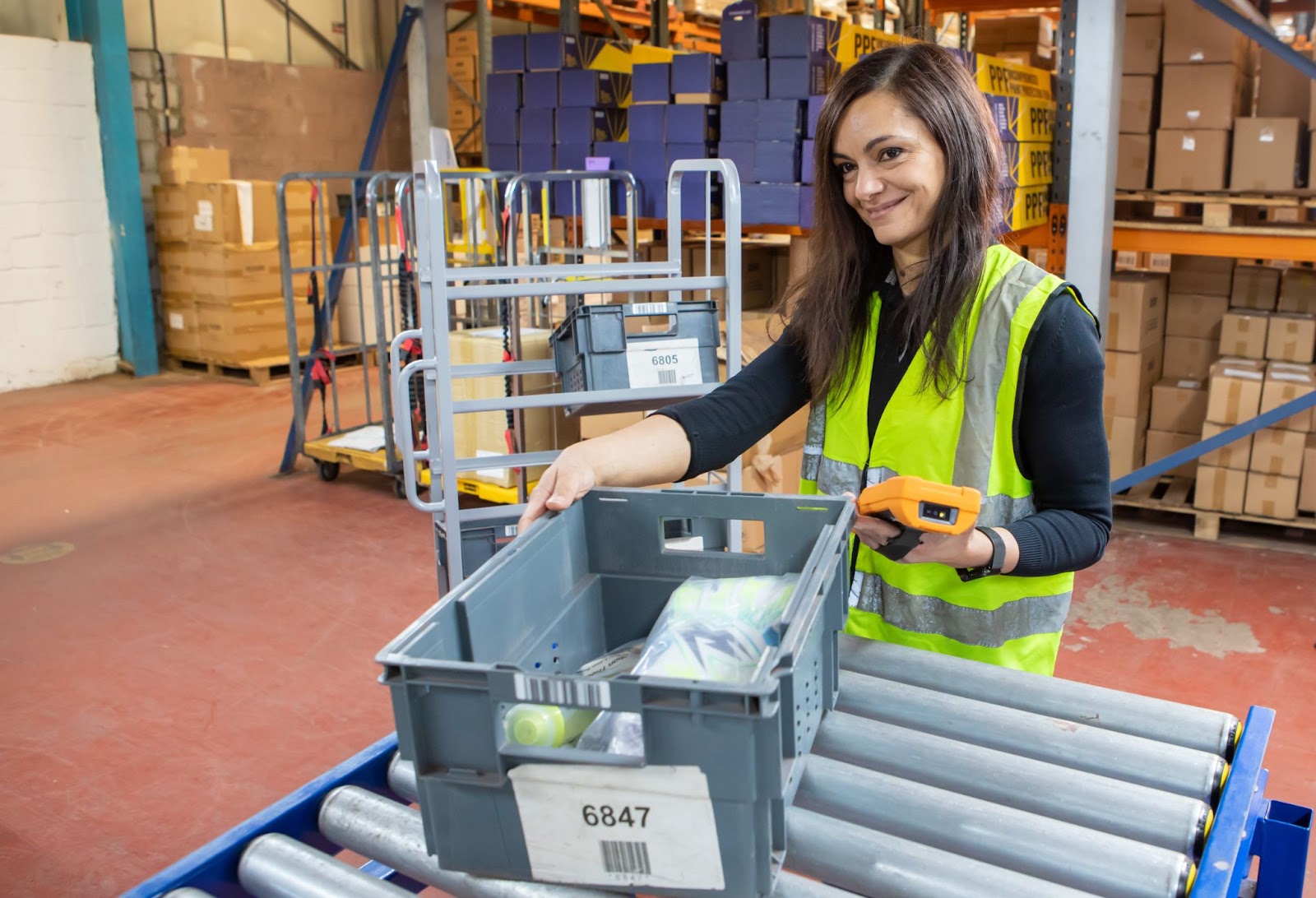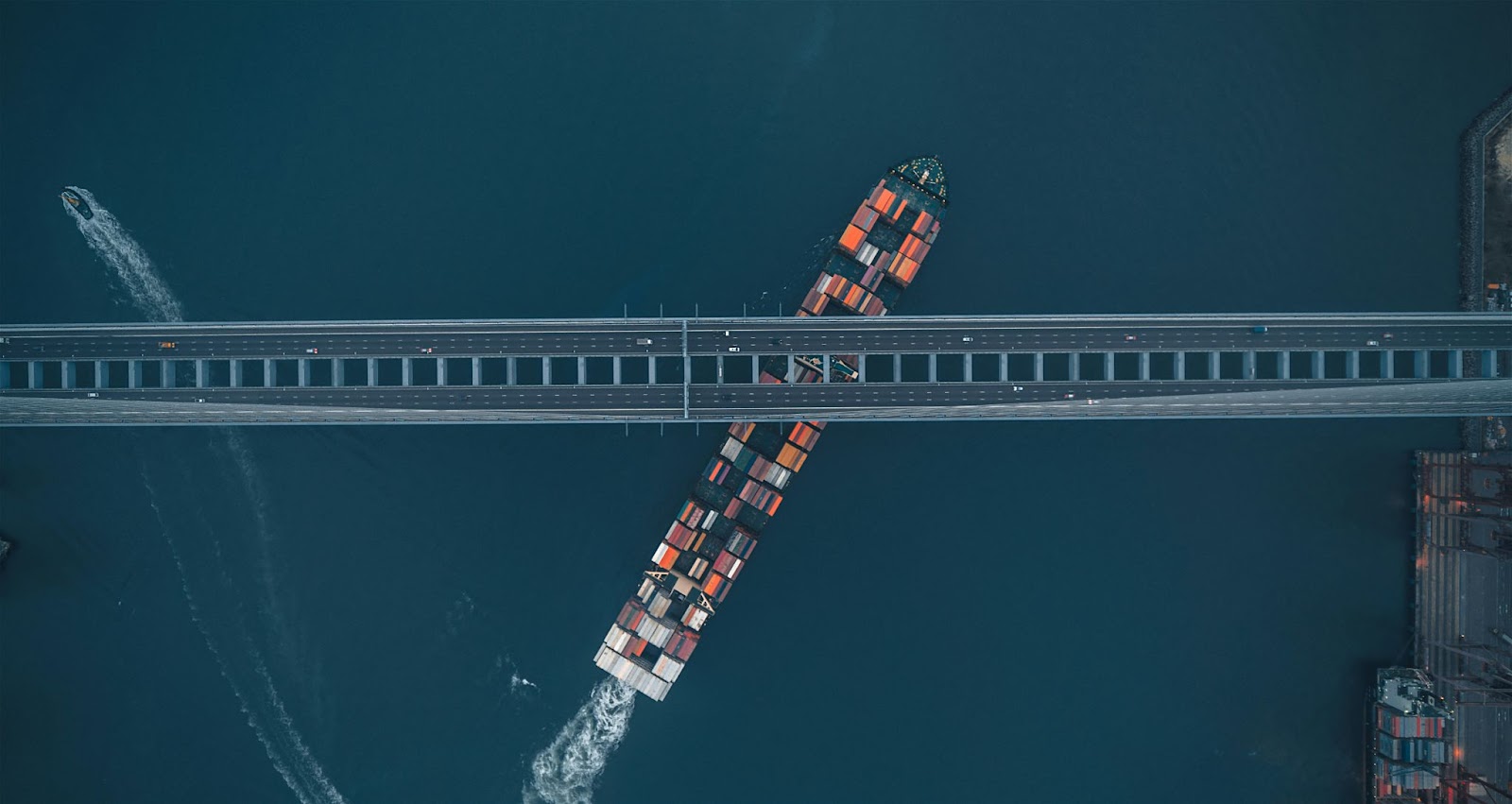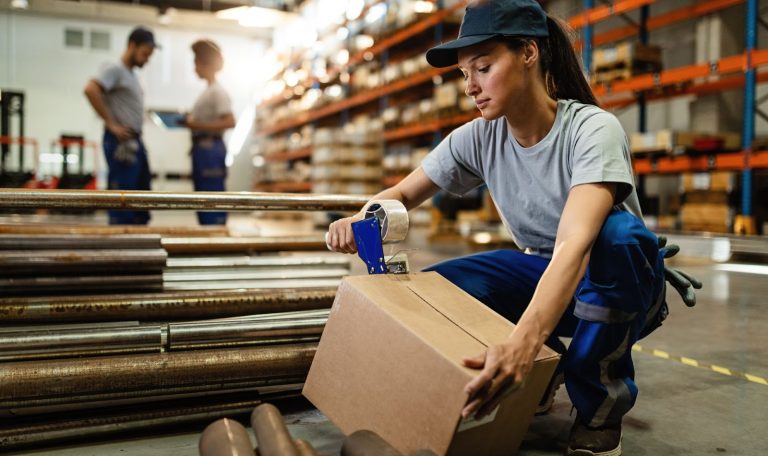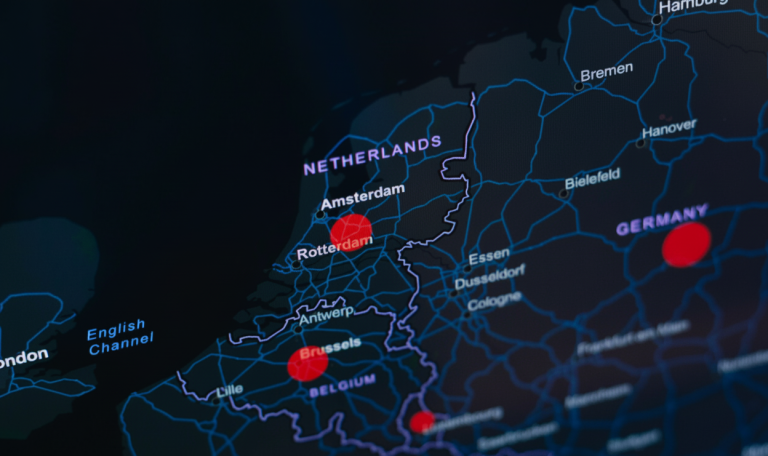Logistics can make or break your eCommerce business. A strong logistics partner helps you scale, keeps customers happy, and frees up your time. The wrong one? It holds you back, costs you sales, and creates constant headaches.
If you’re questioning your current 3PL’s performance, you’re not alone. Many growing brands reach a point where their fulfilment partner simply can’t keep up. The key is recognising the signs early and knowing when to switch 3PL providers before problems escalate.
This guide covers the warning signs, the best timing for switching, and how to transition smoothly without disrupting your operations or losing customers.
Clear Signs It’s Time to Switch Your Logistics Partner
One or two hiccups happen. But when multiple issues appear consistently, it’s a sign your current 3PL partnership isn’t working. Here are the key indicators:
1. Consistent Operational Inefficiencies from Your Logistics Partner
Frequent shipping delays damage your reputation. Inventory mismanagement leads to stockouts. Order fulfilment errors frustrate customers and drain your team’s time fixing mistakes.
These aren’t just operational inconveniences. They cost you money and customers.
Your 3PL should hit these industry benchmarks consistently:
- Order accuracy above 99.5%
- Same-day dispatch rate over 98%
- On-time delivery exceeding 95%
If your current partner falls short regularly, you’re paying for substandard service. It’s worth noting that the best warehousing partners don’t just meet these numbers; they exceed them and provide transparent reporting so you can track performance in real time.
2. Poor Communication and Limited Visibility
You need answers fast when shipments are delayed or stock runs low. Slow responses and vague updates leave your team scrambling.
Modern dedicated logistics partners provide real-time inventory visibility through dashboard access. They send proactive alerts about stock levels and potential issues. They have clear escalation paths for urgent matters. And they deliver regular performance reporting without you having to chase it.
Poor communication often signals deeper problems like understaffing or outdated systems. If reaching your 3PL feels like pulling teeth, it’s time to look elsewhere.
3. Inability to Scale with Your Growth
Your 3PL should grow with you. As order volumes increase, as you expand into new markets, and as you add product lines, your fulfilment partner needs to adapt.
Can they handle your Q4 peak season volumes? Do they have coverage beyond the UK if you want to expand into the EU? Can they accommodate subscription boxes or B2B orders alongside your D2C business?
A scalable logistics partner for eCommerce says yes to these questions. They have the warehouse capacity, the staffing, and the systems to support your growth trajectory. If your current provider keeps saying “we’ll need to discuss that” or “that’s not something we typically do”, they’re holding you back.
4. Outdated 3PL Technology and Poor eCommerce Integration
Manual processes cause errors. Limited integration capabilities create extra work for your team.
Your 3PL’s technology should make your life easier, not harder. Look for API integrations with your eCommerce platform (Shopify, WooCommerce, Amazon). Real-time inventory sync across all channels prevents overselling. Automated reporting saves you hours of manual work. Mobile accessibility lets you check on things from anywhere.
If you’re still downloading spreadsheets and manually updating systems, you’re working with a logistics partner stuck in the past. Modern fulfilment centres use technology to improve accuracy and give you complete visibility.
5. Lack of Sustainability Credentials
Your customers care about environmental impact. So do regulators. If your 3PL can’t provide visibility into carbon emissions per shipment, doesn’t offer sustainable packaging options, and has no verifiable environmental certifications, they’re not keeping up with market demands.
The best warehousing partners now offer recyclable or compostable packaging materials. They run energy-efficient warehouses, often powered by renewable energy. They optimise delivery routes to reduce emissions. And they provide carbon reporting so you can track and communicate your environmental impact.
This isn’t just about doing good. It’s about staying competitive. Many B Corp brands and purpose-led businesses now require their fulfilment partners to meet sustainability standards. If your current 3PL can’t provide evidence of their environmental practices, you’re at a disadvantage.
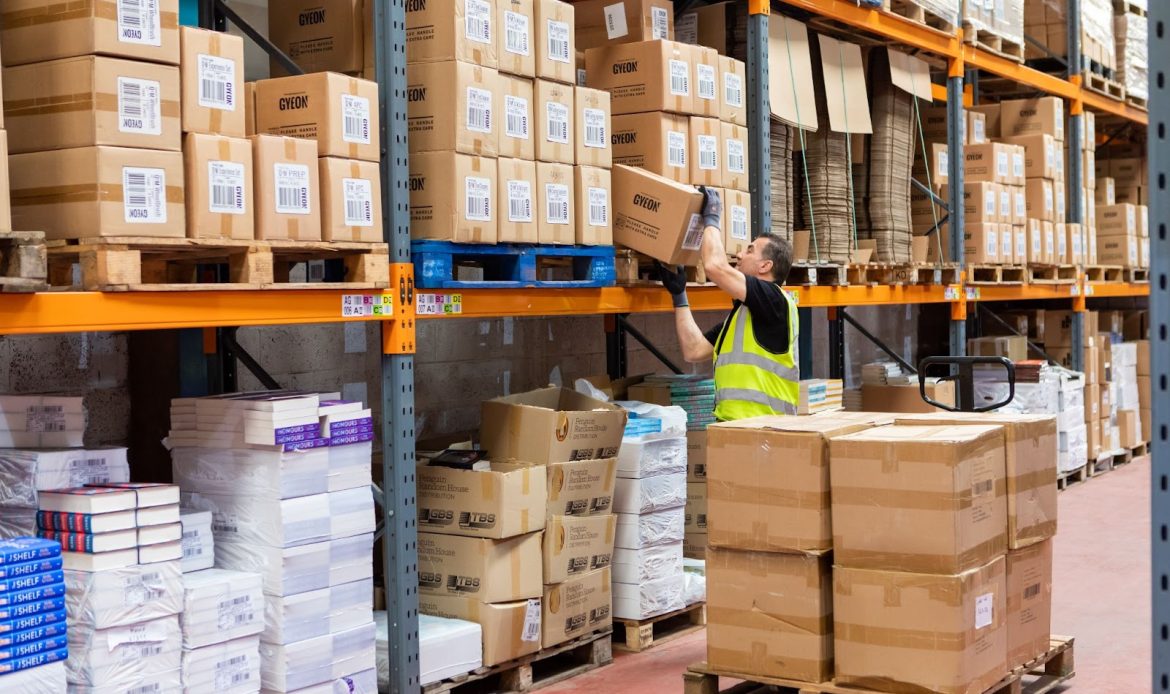
The Best Time to Change 3PL Providers
Timing your switch correctly minimises disruption and sets you up for success.
Avoid Peak Season (Q4)
Never switch from October to December. Both your current 3PL and any new partner operate at maximum capacity. The risk of stockouts, delays, and errors is far too high when customers expect reliability most.
This is when your business makes the most revenue. It’s not the time to introduce variables or test new systems.
The Optimal Window: Q1 (January to March)
The best time to change 3PL partners is January through March. Here’s why this timing works:
You’ve just been through peak season, so you can evaluate how your 3PL actually performed under pressure. Order volumes are lower, giving you breathing room to test and refine new systems. January’s returns spike (often called “Returnuary”) provides a real-world test of your new partner’s reverse logistics. And you’ll have enough time to stabilise operations before the next peak season arrives.
Many brands evaluate changing 3PLs after the holidays, making Q1 the industry’s busiest switching period. This also means new 3PLs are often more accommodating with onboarding terms to secure your business.
When Business Needs Dictate Timing
Sometimes you can’t wait for the perfect window. Entering a new market might require local fulfilment centres immediately. A funding round might demand operational improvements. Product line expansion could need different storage or handling capabilities.
In these cases, plan for at least 8 to 12 weeks for a proper transition. Don’t rush it, even when external pressure mounts. A botched switch costs more than a few extra weeks of planning.
How to Switch 3PL Providers Without Disruption
Switching 3PLs doesn’t require downtime or lost sales. Here’s a structured approach that maintains service levels throughout:
Phase 1: Audit and Define Requirements (Weeks 1 to 2)
Start by measuring your current performance. Track your order accuracy rate, average ship time, inventory accuracy, and cost per order. If possible, measure carbon footprint per shipment too.
Then define what you need from your next logistics partner. Which technology integrations are non-negotiable? Do you need UK-only coverage or EU fulfilment too? What sustainability standards matter to your brand? How much volume do you expect to handle in 12 months?
Clear requirements help you evaluate candidates objectively rather than choosing based on gut feeling or sales pitches.
Phase 2: Evaluate Potential Partners (Weeks 3 to 4)
Look beyond marketing claims. Ask for specific performance data: “What’s your average order accuracy rate?” Request client references from brands similar to yours in size and industry. Check whether they have the certifications they claim (B Corp, ISO standards, Carbon Trust).
Ask practical questions about peak season capacity, sustainability initiatives, and system integration timelines. The best warehousing partners answer these questions confidently with data, not vague promises.
Many 3PLs will connect you with current clients. Take them up on this. Speaking with a brand that’s been through onboarding and operated for 6 to 12 months gives you insights no sales presentation can match.
Phase 3: Plan Your Transition (Weeks 5 to 6)
Map out exactly how inventory will transfer and when. Create a system integration timeline. Plan for a parallel operations period where both 3PLs run simultaneously. Prepare communication plans for your internal team.
Start with a pilot approach. Select 10 to 20% of your SKUs for initial transfer. Run test orders through your new partner. Validate accuracy, speed, and system integration before moving the rest of your inventory.
This phased approach protects you. If issues arise during the pilot, you’ve still got the majority of your inventory with your current 3PL to fulfil orders.
Phase 4: Execute the Transition (Weeks 7 to 10)
Coordinate pickup and delivery between 3PLs carefully. Verify counts at every step. Update inventory systems in real time as stock moves.
Get your API connections live and test order flow across all channels. Make sure inventory syncs accurately before you shift meaningful volume.
Run both 3PLs simultaneously for 2 to 4 weeks. Gradually shift order volume from 20% to 50% to 80% and finally 100%. This staged approach catches problems early when they’re easier to fix.
Phase 5: Optimise and Monitor (Ongoing)
Track KPIs daily for the first 30 days. Have daily check-ins with your new account manager. Address issues immediately while the relationship is fresh.
Then move to monthly performance reviews and quarterly business reviews. The best logistics partners for eCommerce suggest improvements proactively. They don’t just fulfil orders, they help optimise your operations.
If sustainable fulfilment is a priority in your switch, establish baseline metrics now. Track carbon per shipment, packaging waste reduction percentages, and energy usage. Review these quarterly to ensure your partner delivers on their environmental commitments.
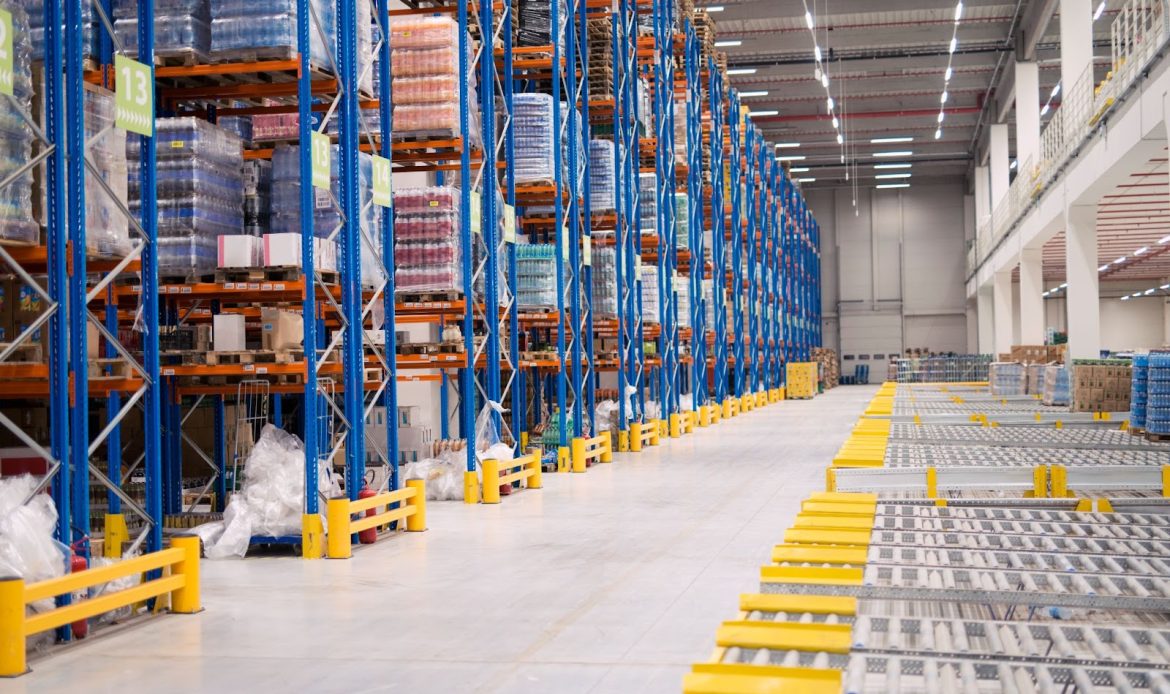
Frequently Asked Questions
How long does it take to switch 3PL providers?
A proper transition takes 8 to 12 weeks, including evaluation, pilot testing, and phased inventory transfer. Avoid rushing to prevent errors.
Will switching cost more than staying?
Short-term costs are typically recouped within six months. Many brands find better service at lower total cost when factoring in errors and lost sales.
How do I verify sustainability claims?
Request certifications (B Corp, ISO 14001, Carbon Trust), ask for specific energy data, and speak with current clients about their experience with environmental practices.
What happens to inventory during the switch?
Use a phased approach: start with 10 to 20% of SKUs, run both 3PLs simultaneously for 2 to 4 weeks, and transfer stock in stages.
How to Make the Switch Work for Your Business
Recognising the warning signs early, timing your switch properly, and following a structured process turn changing 3PLs into a strategic advantage.
The right logistics partner for ecommerce transforms fulfilment from a pain point into a competitive strength. They give you more time to focus on product development and marketing. They help you scale without operational headaches. And they make your customers happier with reliable, fast delivery.
Take time to audit your current 3PL’s performance. If multiple warning signs in this guide resonate, start researching alternatives. The cost of staying with an underperforming partner almost always exceeds the effort of making a change.
Your business deserves a fulfillment partner that grows with you, supports your values, and makes operations easier, not harder.
